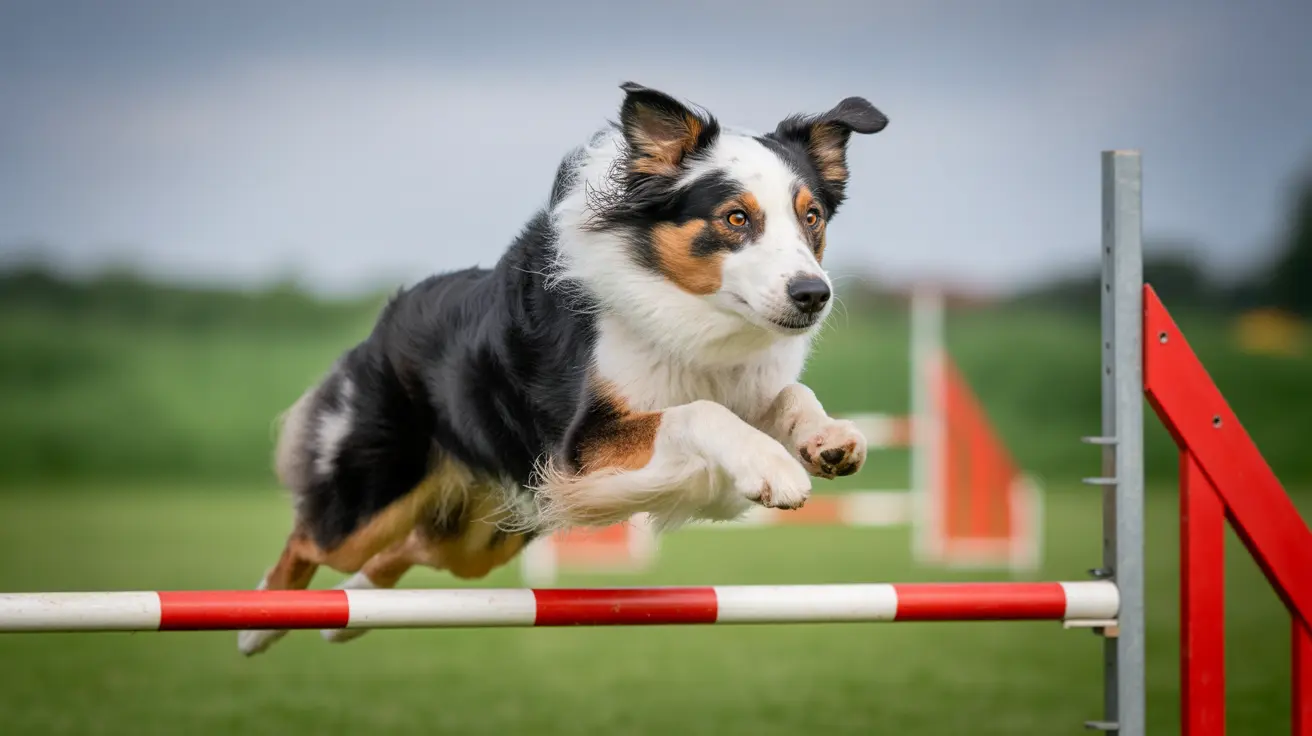Understanding the Challenges of Owning a Treeing Walker Coonhound
The Treeing Walker Coonhound is a beloved breed known for its hunting prowess, intelligence, and sociable nature. However, like any breed, it comes with its own set of challenges that potential owners should consider before bringing one home. In this article, we’ll explore some of the primary negatives associated with coonhounds, especially the Treeing Walker variety, and provide insights into how to manage them.
1. High Exercise Requirements
Treeing Walker Coonhounds are bred for endurance and stamina. Originally used for tracking and treeing prey such as raccoons and bobcats, their energy levels remain extremely high even in domestic settings.
- Require at least one hour of vigorous exercise daily
- Become bored and potentially destructive without physical activity
- Not ideal for sedentary households or urban apartment living
Owners must provide opportunities for running, hiking, or secure field play to meet the breed’s needs.
2. Loud and Persistent Barking
One of the most distinctive features of the breed is its clear, ringing bay. While helpful during hunts, this loud bark can be problematic in everyday life.
- May disturb neighbors, especially in close quarters
- Barking is instinctual and not easily deterred
- Does not adapt well to rules limiting noise, such as in apartments
Their vocalizations are a natural and immutable trait, making them unsuitable for noise-sensitive environments.
3. Strong Prey Drive
Coonhounds have been selectively bred to track, chase, and tree small animals. This deeply ingrained prey drive can pose challenges in modern homes.
- May chase cats, squirrels, or smaller dogs
- Requires constant supervision with small household pets
- Even with training, instincts may overpower obedience
Although some coonhounds can coexist with small animals through proper socialization, complete trust may never fully develop.
4. Independent Streak and Stubbornness
Treeing Walker Coonhounds are intelligent but independent thinkers. As such, they may resist commands or training sessions that lack engagement or reward.
- Training requires patience, consistency, and positive reinforcement
- Can be stubborn, especially when distracted by smells
- Not ideal for first-time dog owners without training experience
Effective training must accommodate their independence while channeling their intelligence productively.
5. Prone to Ear Infections
With their large, floppy ears, Treeing Walker Coonhounds are more susceptible to ear infections.
- Moisture and debris can get trapped more easily
- Requires frequent ear cleaning and vigilance
- Neglect can lead to chronic ear conditions
Good grooming practices help mitigate these issues, but care is ongoing and essential.
6. Potential Health Issues
Although generally healthy, the breed can experience several genetic and age-related conditions.
- Hip dysplasia may occur, especially in older dogs
- Hypothyroidism is another potential concern
- Ear infections remain common due to ear structure
Routine veterinary care and responsible breeding greatly reduce the risk of serious health complications.
7. Risk of Obesity if Under-Exercised
Since coonhounds are designed for physical activity, lack of movement can lead to weight gain.
- Regular exercise is essential to maintain body condition
- High-calorie diets should match activity level
- Obesity increases the risk of joint and metabolic diseases
Owners need to monitor both food intake and exercise output to prevent obesity-related issues.
8. Not Ideal for Everyone
Due to their unique traits, Treeing Walker Coonhounds are best suited for active individuals or families who understand and appreciate their hunting instincts and energy levels.
This breed may not be a match for:
- Inexperienced pet owners
- Households with small pets that aren’t properly socialized
- Residents in close-proximity homes or apartments
Despite these negatives, with proper management, Treeing Walker Coonhounds can be loyal, affectionate, and incredibly rewarding pets.
Conclusion
Owning a Treeing Walker Coonhound can be a fulfilling experience for the right person. While their energy, independence, and hunting instincts present challenges, these can be overcome with appropriate training, attention, and daily physical activity. Understanding both the positives and the negatives of this breed ensures that both dog and owner enjoy a happy, healthy relationship.





